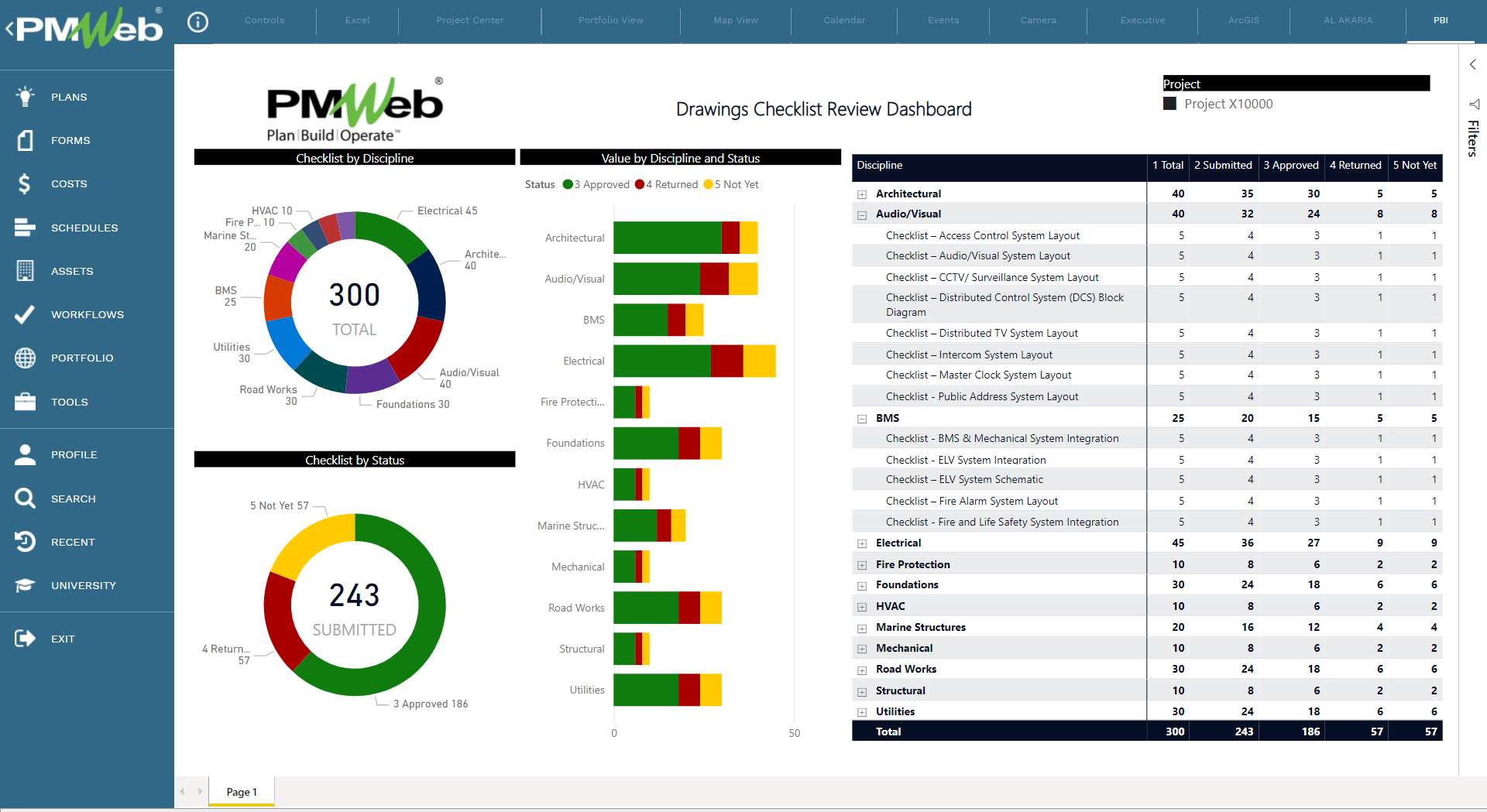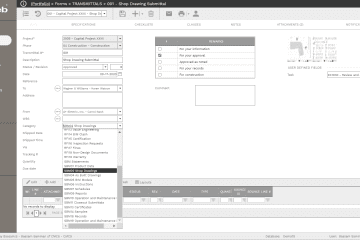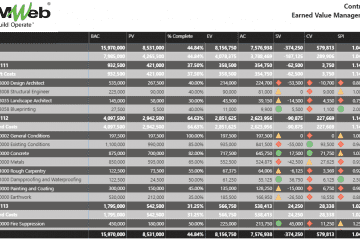A construction drawing is the general term used for a drawing that forms part of the tender documentation and the contract documents for the construction works. This means they have legal significance and form part of the agreement between the project owner and the contractor. The main purpose of construction drawings are to provide a graphic representation of what is to be built.
To avoid ambiguity and confusion that could lead to delays, misunderstandings, and scope creep, construction drawings should be concise and coordinated. This requires having a formal review of each drawing to ensure that they are complete and coordinated. To ensure a comprehensive review, detailed checklists based on best practices and experience should be created for each project discipline and category. Those include roads, external works, structural, architectural, mechanical, HVAC, electricity, fire alarm, BMS, and audiovisual among others.
Using project management information system (PMIS) like PMWeb, the project team can implement a formal and comprehensive drawing management and review solution. To start with, the PMWeb Drawing List module allows capturing the details of all project drawings. This also includes all drawing revisions. This ensures that there is a single register of all project drawings including all revisions for those drawings.

The original drawing file, which could be in PDF file format or any other format, gets uploaded and stored on the PMWeb document management repository. Document folders will be created to match the project’s disciplines for which drawings are developed. This enables attaching the drawing file and other documents to the relevant drawing item. This also ensures that there is a single repository of all project drawings including all revisions for those drawings.
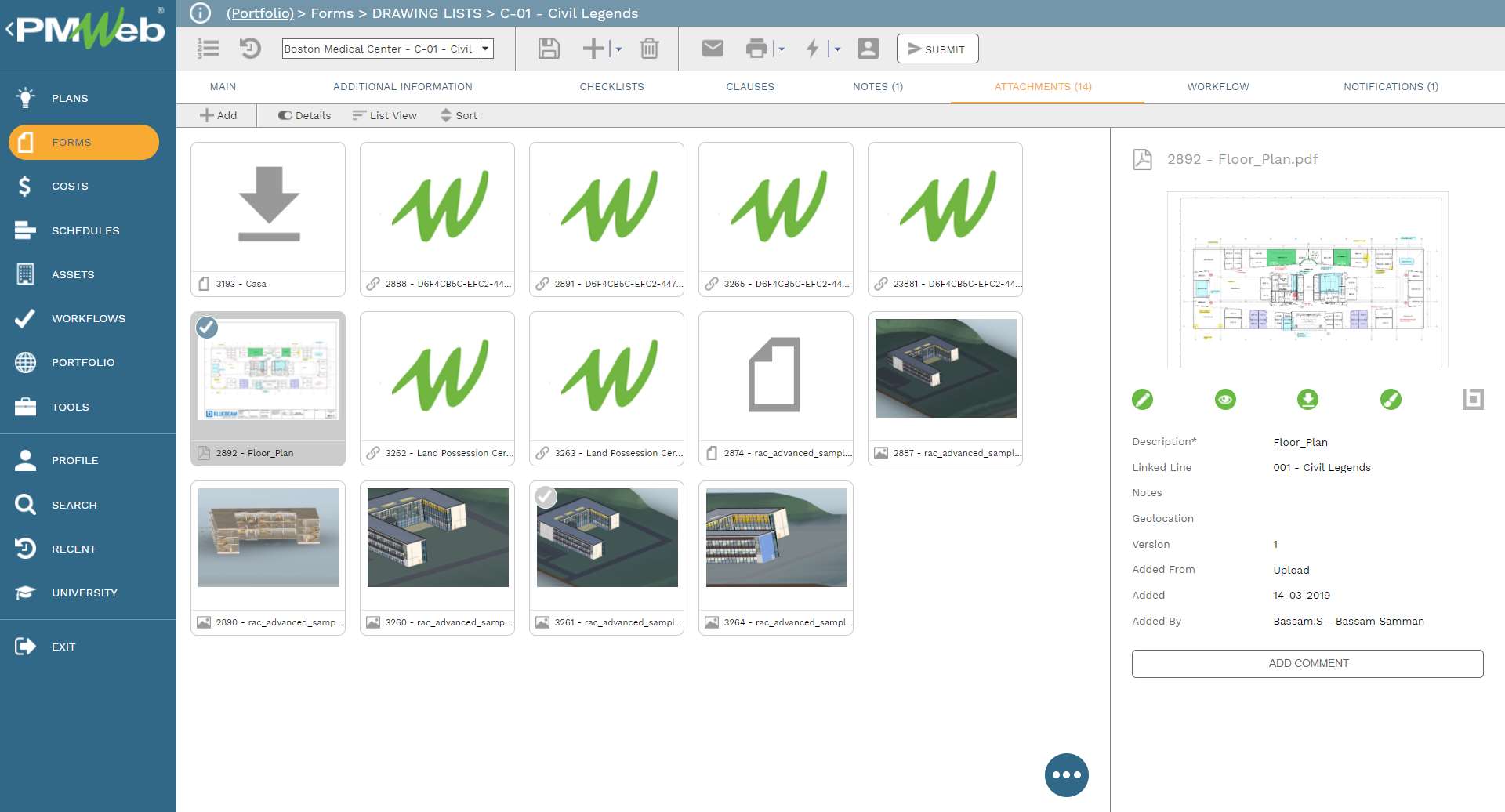
The PMWeb custom form builder helps to create the many drawing checklists that vary depending on each building discipline and category. Each checklist includes all possible items that need to be verified and checked. The extent of items included in each checklist details the organization’s knowledge and experience in delivering capital projects. For each checklist item, there will be four fields to be completed. The first is for the drawing originator to confirm that the checklist item has been reviewed and is compliant. The second field will be for the checker to verify that the checklist item has been reviewed and is compliant. The third field will be used to add any comments on the reviewed item. Lastly, the fourth field is the proposed resolution of the raised comment.
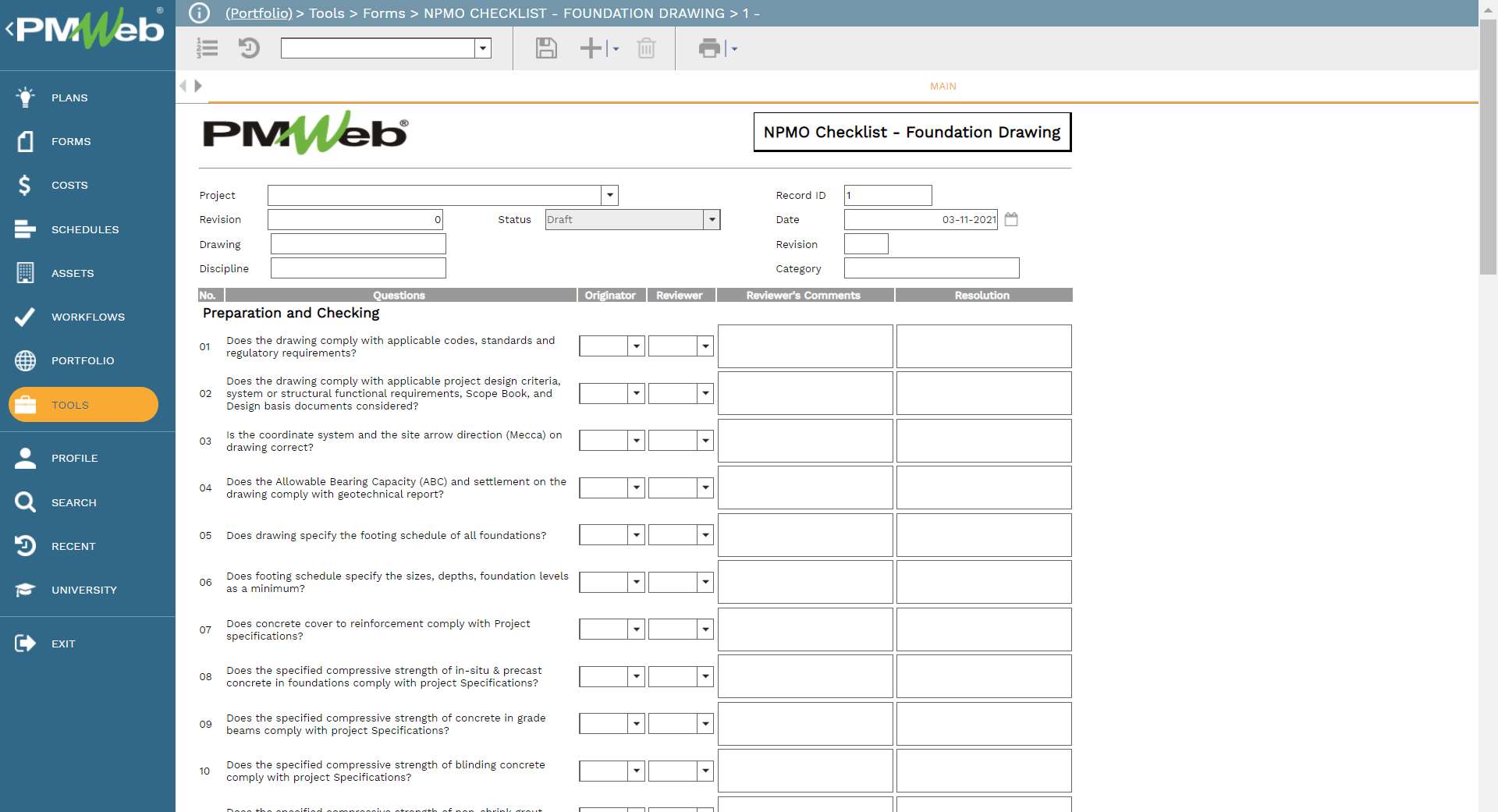
The review process includes two steps which might include multiple reviewers if needed. The first is for the drawing originator where he/she needs to confirm that the checklist item has been reviewed and is compliant. After completing the review for all checklist items, the review form gets submitted via the predefined workflow to the checker who again verifies that all checklist items have been reviewed and are compliant. If there is an issue with any item in the list, the checker adds the comment next to the item along with the proposed resolution. The checker returns the checklist form to the originator to correct the reported comment and resubmit.

Since there will be different drawing checklists for each discipline and category, the individuals involved in the review process could differ depending on the review checklist. In addition, the same review checklist could include multiple reviewers for the different review groups. All these settings need to apply to the permission section for each custom form.
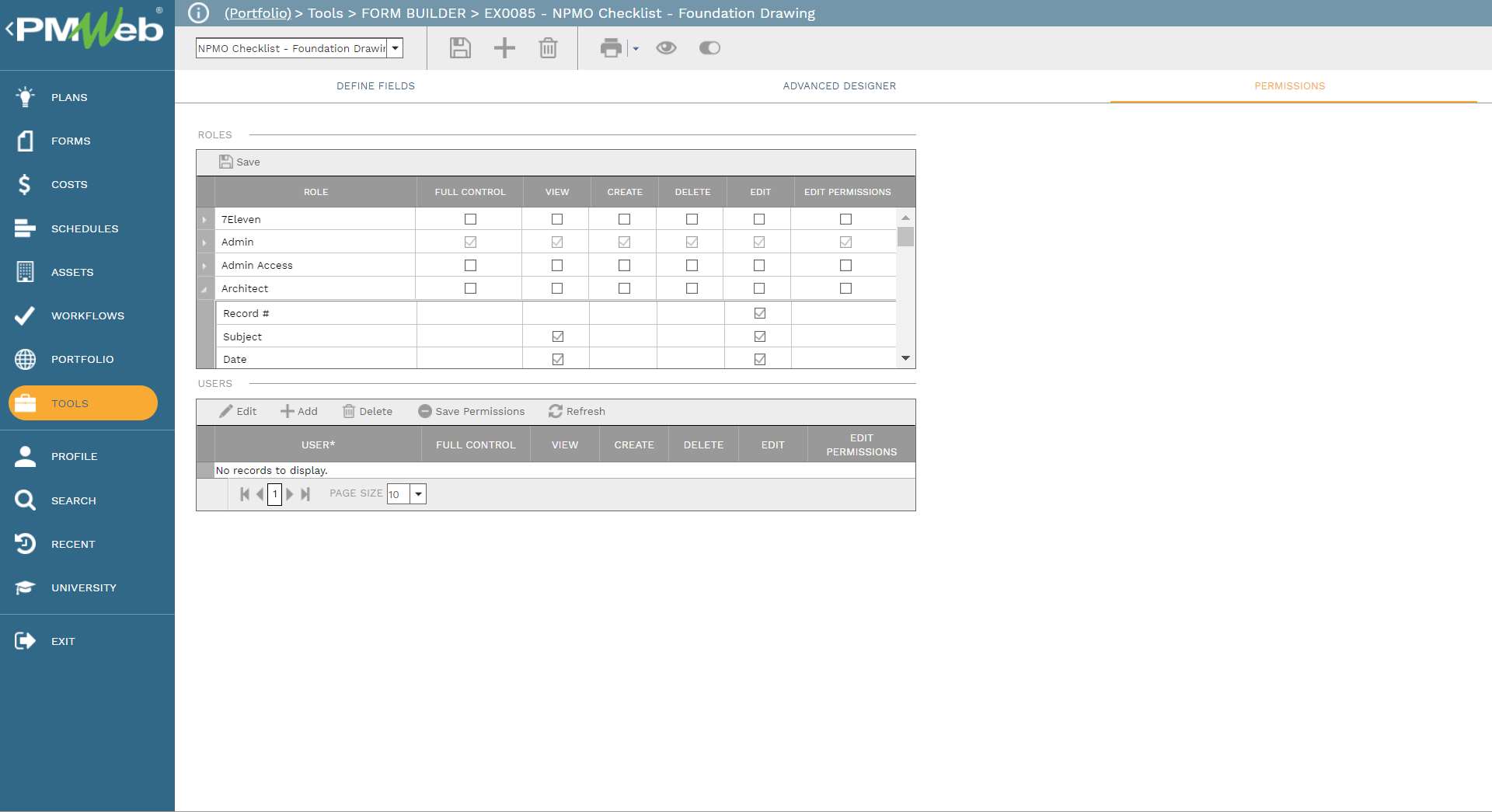
The drawing review dashboard provides real-time reporting on planned, current, and completed reviews. The dashboard provides a donut visual to summarize the total number of drawing review checklists by discipline and another donut visual to summarize the total number of submitted drawing review checklists by status. The dashboard includes a bar chart that displays the status drawing review checklists by discipline. In addition, the dashboard includes a table detailing all design review checklists and their status. The table summarizes the design review checklists by discipline.
